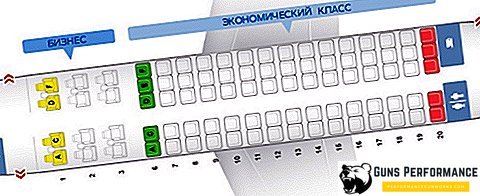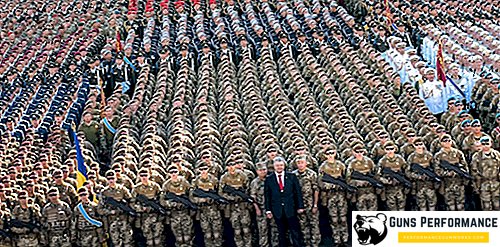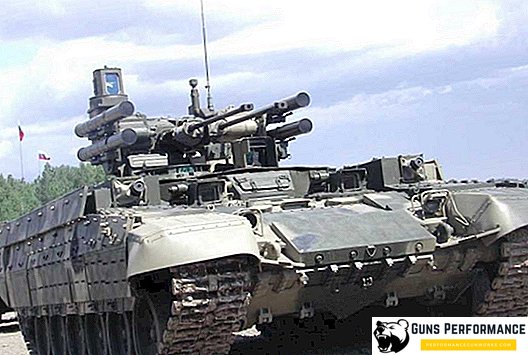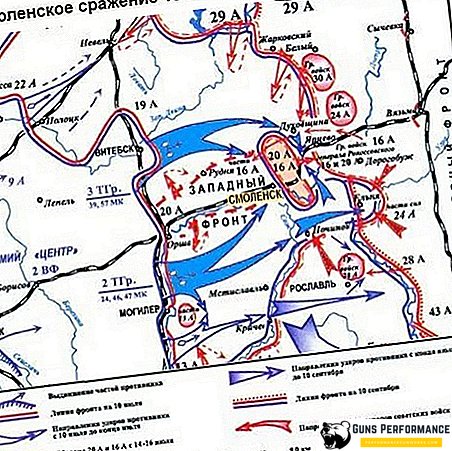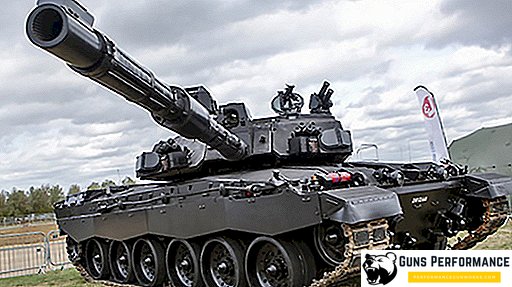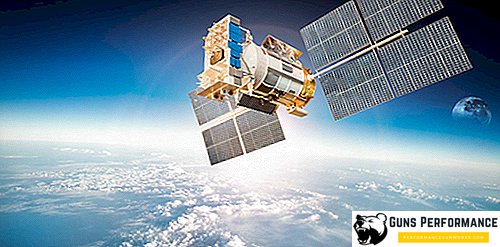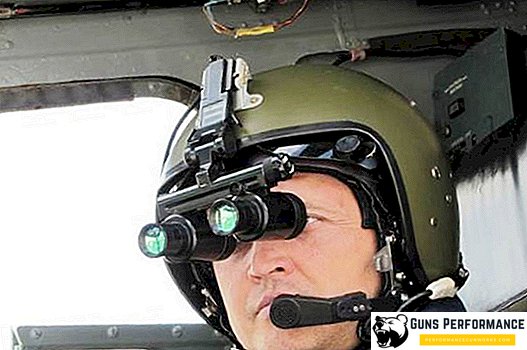
Russian pilots use a helmet-based target designation system during flights. According to the results of its use during a military conflict in Syria, major changes have been made to the design of the system. In particular, the spectra and saturation of the signal began to be selected individually for each pilot, under the peculiarities of his vision. This was told by a source in the defense complex.
In the systems that were used in Syria, difficulties with the light range were noted, they have already been eliminated. Today it is concluded that the helmet should be made not only in size of the head, but also taking into account the color spectrum that the human eye is able to perceive. Each pilot is strictly individual.
According to the source, engineers of defense enterprises periodically organize meetings with pilots and collect data on the particular features of a particular pilot. These data take into account when issuing him a system of aiming, mounted on the helmet.
A commission comes to the subdivision, makes the necessary measurements of the helmet on the pilot, and examines his eyes. It is selected color range, spectra and saturation of the signal. It is also taken into account that each person’s eyes are at different distances from each other. To date, complaints pilots virtually ceased.
Background
In 2017, Viktor Bondarev, Chairman of the Federation Council Committee on Defense and Security, former commander-in-chief of the All-Union Military Space Force of Russia, severely criticized the navigation system installed on the Mi-28 “Night Hunter”. He talked about the fact that the electronic filling in it was a “failure”, and the night vision system was also used. Pilots call it "death to pilots." That is, when the sky is cloudless - then everything is in order, but even with a small cloud cover the pilots go for three days with inflamed eyes due to eye fatigue.




